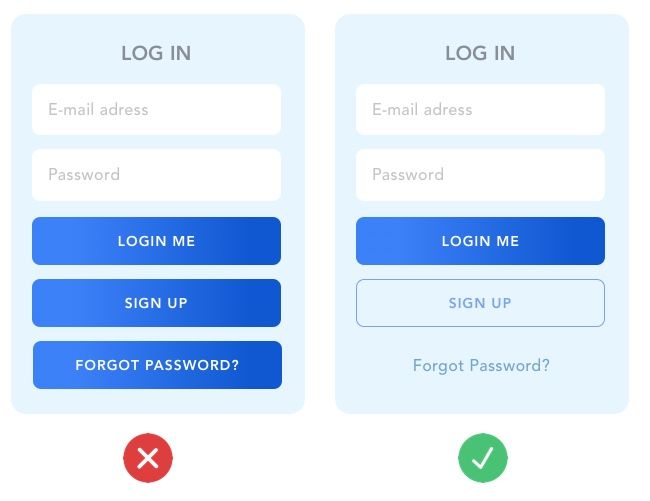When it comes to designing a website, the user interface (UI) and user experience (UX) are crucial elements that can make or break the success of your site. A well-designed UI/UX can engage users, increase conversions, and ultimately drive business growth. However, there are common mistakes that many website designers make that can hinder the effectiveness of their design. In this article, we will discuss some of the most common UI/UX design mistakes to avoid on your website.
1. Cluttered Design
One of the biggest mistakes that website designers often make is creating a cluttered design. Too many elements on a page can overwhelm users and make it difficult for them to navigate the site. A cluttered design can also slow down loading times, which can frustrate users and lead to a high bounce rate. It is important to keep your design clean and simple, with a clear hierarchy of information that guides users through the site.
2. Inconsistent Navigation
Consistent navigation is key to a good UI/UX design. If users have to hunt for navigation links or buttons on different pages of your site, they are likely to get frustrated and leave. Make sure that your navigation is consistent across all pages, with clear labeling and easy-to-find menu options. This will help users easily find the information they are looking for and improve their overall experience on your site.
3. Too Much Text
While content is important for SEO and informing users about your products or services, too much text can be overwhelming for users. Instead of bombarding users with paragraphs of text, break up the content with headers, bullet points, and images to make it more digestible. Use concise and clear language to get your message across quickly and effectively.
4. Lack of Mobile Optimization
With more and more users accessing websites on mobile devices, it is crucial to ensure that your website is optimized for mobile. A responsive design that adjusts to different screen sizes and resolutions will provide a seamless experience for users on smartphones and tablets. Make sure that your site loads quickly on mobile devices and that all buttons and links are easily clickable with a touch screen.
5. Ignoring Load Times
A slow-loading website can turn users away before they even have a chance to see your content. Make sure that your site is optimized for fast load times by compressing images, minifying code, and reducing server response times. Users expect websites to load quickly, and if your site takes too long to load, they may look elsewhere for the information they need.
6. Poor Call-to-Action Placement
A call-to-action (CTA) is a vital element of any website that guides users towards taking a specific action, such as making a purchase or filling out a contact form. However, if your CTAs are placed in obscure locations or are not visually appealing, users may miss them. Make sure that your CTAs are prominently displayed on your site, with clear and compelling language that encourages users to take action.
Conclusion
Avoiding these common UI/UX design mistakes can help improve the overall user experience on your website and lead to higher conversions and increased customer satisfaction. By keeping your design clean and simple, providing consistent navigation, optimizing for mobile, and paying attention to load times and CTAs, you can create a website that engages users and drives business growth. Remember to continually test and refine your design to ensure that it meets the needs and expectations of your target audience.
